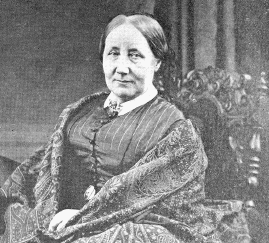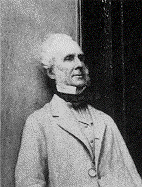ELIZABETH GASKELL (1810-65)
Tatsuhiro Ohno
At the age of thirty-four, she lost her nine-month-old son. Mary Barton (1848), which was written in the effort to forget her grief, marked her debut as a novelist. This novel won critical acclaim. After that, she began to associate with Charles Dickens, W. M. Thackeray, Charlotte Bronte, and George Eliot, and was to write further 48 works, including novels like Ruth (1853), North and South (1855), Sylvia's Lovers (1863), Wives and Daughters (1866), approximately forty shorter fictions such as Cranford (1853) and Cousin Phillis (1863), and the biography The Life of Charlotte Bronte (1857). It is critics' confirmed opinion that the Brontes' life was introduced to the public by this work of the celebrated Mrs Gaskell.
She passed away suddenly in the company of her daughters at the age of fifty-five in the country house she purchased in Hampshire. "Compassion for the suffering" and "faith in God" are the two main streams flowing through her literary works.

Her Portrait

Elizabeth Gaskell

William Gaskell